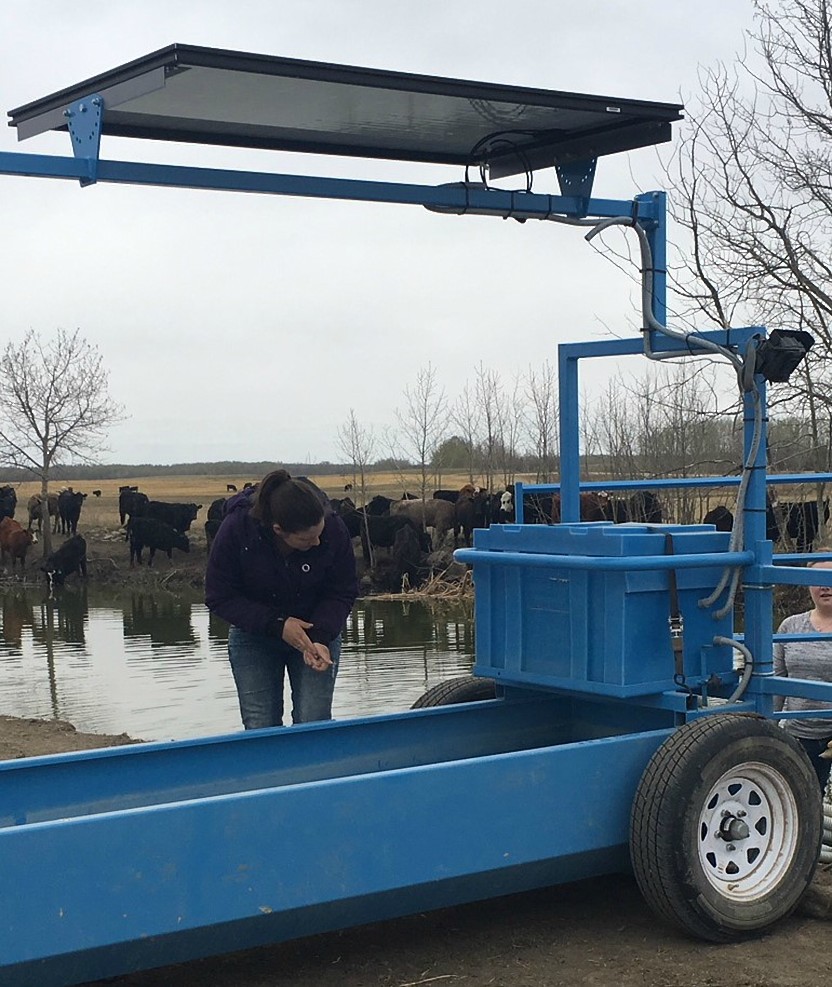
Remote Watering Systems Protect Water Quality
Remote Watering Systems Protect Water Quality
The Carrot River Valley Watershed Association (CRVWA), in partnership with Agricultural Demonstration of Practices and Technologies (ADOPT), tested the use of two different remote watering systems during the summer of 2018.
The use of remote watering systems for livestock improves water quality, reduce soil erosion, and protect shoreline and riparian areas.



